Surely, no one disagrees that excessive alcohol is harmful – sometimes seriously so.
Nevertheless, studies suggest modest levels of red wine provide useful antioxidants and can help avoid artery damage.
Equally, sensible wine drinking can make social events more convivial and help people relax.
Similarly, with food, wine often pushes up enjoyment levels.
Let’s be clear, however, none of that is a licence for unlimited drinking but it does help counter arguments for total abstinence.
Instead, carefully controlled volumes seem to be the key.
Dry January is one way to provide that control – so well done to anyone successfully completing an alcohol-free month.
There may be an alternative though.
Partly because I succeeded Will Lyons writing the wine column in the Scotsman’s Sunday edition, I often check out his weekly Sunday Times column.
In that, he recently advocated a measured, longer term approach that simply sees “January as a time to master the art of moderation…[by drinking] … less but better”.
If that “cost neutral quality upgrade” appeals, let’s explore the concept of – dare I say – Moist February (and perhaps beyond).
Since “£8 is the new £5.99”, I have selected wine about 25% dearer than £8, but suggest reducing the quantity drunk by, at least, the same 25%.
Reasonable quality wine can successfully be held over to Day 2 if necessary
In the usual way, hyperlinks and pictures are used where possible to help you locate the bottle in question.
Starting with impressive sauvignon
2023 Yealands Reserve Sauvignon Blanc (£11.50 at Sainsbury’s and 12.5%):
Unlike Rioja, the use of “Reserve” on a wine label has no regulatory definition in New Zealand – or in many other countries.
Instead, it is a nudge by the producer to say “hey guys, I think this has better grapes or other quality factors that make it a cut above the ordinary for me!”
Textured with a long finish, the soft red apple, gooseberry and grapefruit peel flavours on display here make it hard to argue with this Marlborough producer’s cry.
If further evidence is needed, look to the wine’s savoury edged herbal and crunchy bell pepper background, all held together with admirable lemon acidity.
Next to Italy
2022 Teruzzi & Puthod Rondolino Vernaccia di San Gimignano (£10.49 at Waitrose and 12.5% abv):
This Tuscan white wine is not to be confused with vernaccia offerings from elsewhere which, to me, tend to be less impressive.
Vernaccia di San Gimignano (available instore and via Waitrose’s excellent online service) has been a DOCG wine for 30 years and fully justifies that prestigious status.
Perfumed and deliciously different, this example contains distinctly dry, yellow apple and under-ripe pear flavours
These are attractively supplemented by gentle acidity and a nutty, peppery backdrop.
And for my final white selection …
2022 Edouard Leiber Cuvée Prestige (from £9.99 at Laithwaite’s and 13%):
Sadly, Alsace’s wines are seriously overlooked in the UK.
This is probably caused by factors like a lack of familiarity, their complex names, and, often, slightly higher prices.
However, this pinot gris and riesling blend will delight you with its vaguely nutty apricot, apple and grapefruit flavours.
These merge nicely to provide a clean mouth-feel and a complexity that embraces firm lime acidity and an attractive depth containing ginger and honey hints.
On to some reds now.
2022 The Society’s Chinon (£9.95 at The Wine Society and 13%):
Maybe you are looking for freshness and youthful red wine as well as a modest quality upgrade.
In that case, try this tasty option from France’s Loire Valley.
Producers there work wonders with the cabernet franc grape, creating wines with delightful aromatics, herbal hints and vibrant fruit taste-alike elements like this.
Fresh and supple, it brings us floral, raspberry and blackcurrant flavours with youthful acidity, cocoa hints and touches of cola sweetness.
Stepping back to the more traditional.
2020 El Castillo Cenicero Rioja Crianza (£9.99 at Adnams and 13.5%):
I praised a (now sold through) 2017 Adnams Crianza just before Christmas but this significantly younger option is equally remarkable.
Crianza, remember, is the second rung up the Rioja “aging” classification, often providing nicely matured but modestly priced red wine.
Smooth and dark, this one has a nice clarity of colour and brings us sweet edged, damson and tobacco flavours.
In support, come touches of cinnamon, bay leaf and mocha built around firm tannin and proportionate acidity.
And to the new world.
2021 Soldiers Block Shiraz (£9.25 at WoodWinters and 14.5%):
Meticulously fashioned by winemakers in Australia’s Victoria wine region, this is classy shiraz with an encouragingly kind price ticket.
Its creation involved night harvesting, temperature controlled fermentation and, for a small percentage of the finished wine, oak maturation.
Dark and smoky, the result brings us prune and ripe raspberry flavours but do note the high abv if you are controlling alcohol intake.
Its basic components are accompanied by hints of chocolate and cinnamon, lively acidity (but limited tannin) and a soft, very long finish.
Tune in again on Monday when value at budget price points is, once more, the theme of my Top Tips post.

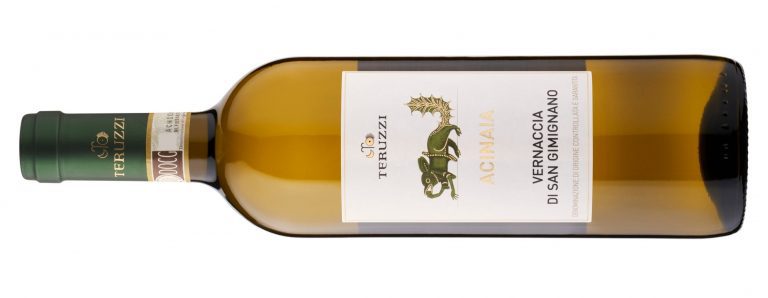
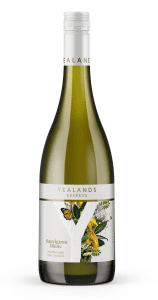
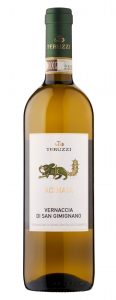

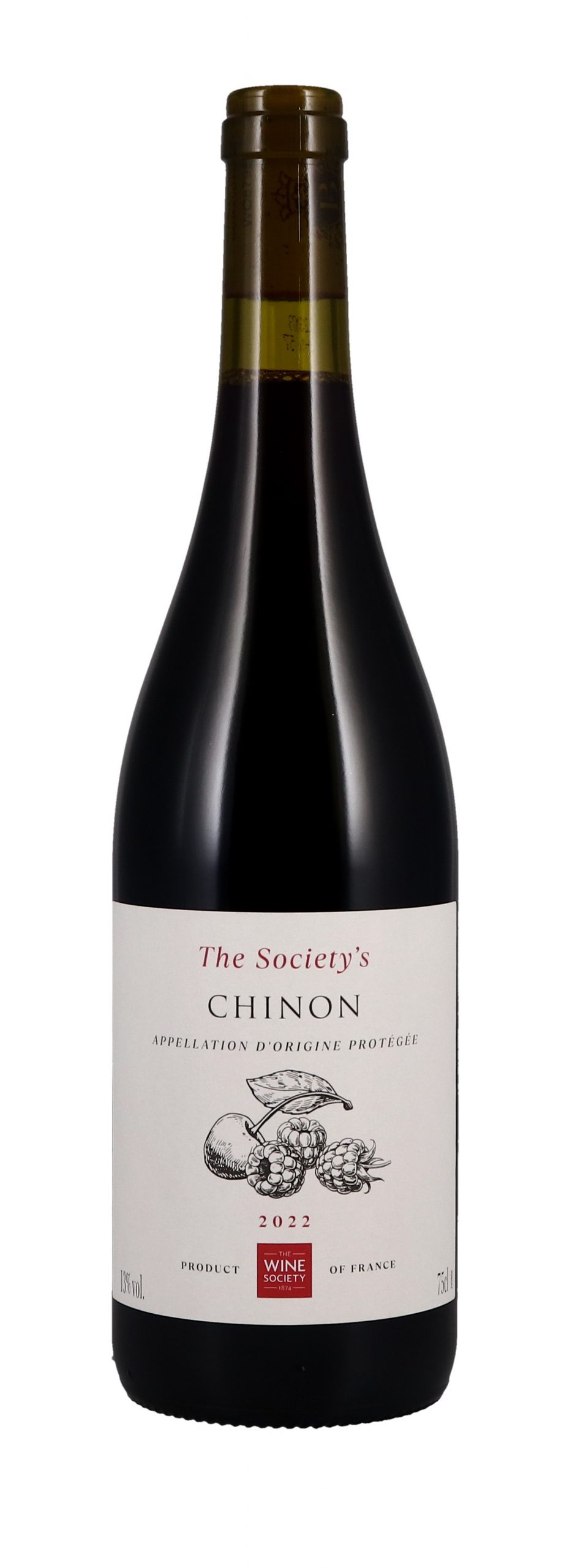
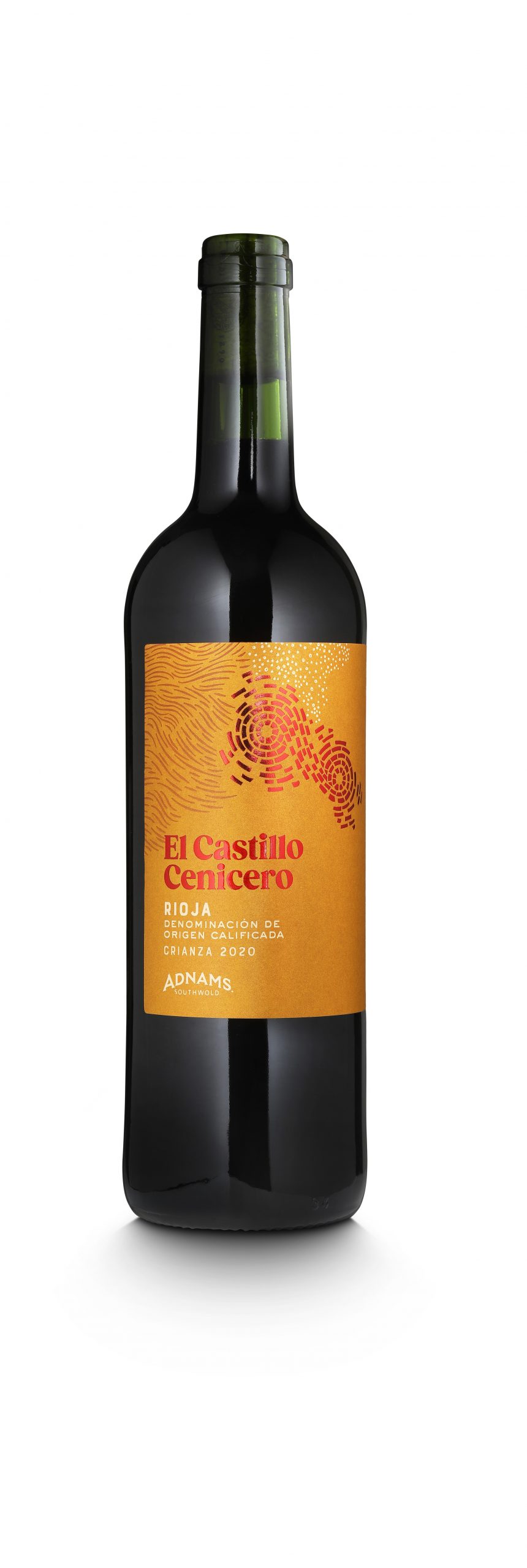
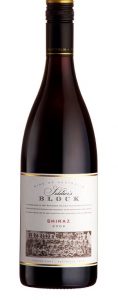





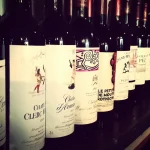

19 responses
This has been my method too recently.
Another trick is to measure to make sure your glasses really are glasses i.e. 6 x 125ml in a bottle, . I fill an identical glass with 125ml of water and make sure I fill my wine to the same level. Otherwise I tend to find I only have a glass and a half left in the bottle the next evening…
Good plan Mike – and welcome to the Comments page. It always great to hear from someone who has not contributed before.
I have adopted a similar approach to controlling volumes by buying a set of pub measures. That makes keeping to the 125ml limit easier and allows other flexibilities. For instance, fill a 250ml measure with white wine then pour its content into the 175ml measure – and that back into the bottle. That leaves a 75ml aperitif to open taste buds with scope for 125ml of red with your meal – and you still drink less than a large measure in a pub,.
Thanks for the good advice this week. You’ve convinced me of what I probably knew all along, that less of good quality wine is a much better experience. I’ll just have to find some new recipes needing wine to use up my current “everyday” stock!
Regarding volumes of wine served … My “system” has evolved so: (1) There is some volume control, so avoiding drifting into serving more wine than intended; (2) To facilitate serving several different wines at the same meal – to increase my wine knowledge, tasting skills, and to just give better food/wine matching opportunities.
I outline the system below, because it works extremely well for me, and could work well for wine curious MidWeekers. Sorry for the lengthy post!
I keep a number empty half, quarter and 100ml Tasting bottles (as supplied by some Zoom Wine Tasting providers), all screw top.
When I open a bottle of wine I pour out some of the contents into one or more of the above bottles. If they are filled to the brim, and screw cap replaced, I find that the wine keeps very fresh – better than using a Vacuum Vin.
What remains in the (donor) bottle is the quantity that I wish to currently drink.
So at any time I generally have several wines “on the go”. So could share a half or quarter bottle for a lowish alcohol meal, or serve 2, ,3 or 4 different wines, in small quantities for a private mini wine dinner experience. Effectively I build up a constantly refreshing home Coravin system!
Initially I wrote card labels for each of the smaller bottles, but this got tedious. (If you have many small filled bottles, it is very easy to forget what is in each bottle). Now I have bought a pack of different coloured “scrunchies” (one could use coloured ribbons, or rubber bands). I then put a, say, green scrunchie on the neck of the “donor” bottle, and all smaller bottles containing that wine. When the donor bottle is emptied, I keep it on the sideboard until all bottles containing that wine are finished. I then go onto cellar tracker, mark that bottle as drunk, with any useful notes, and it can go to recycling. The smaller bottles are rinsed out and ready to re-use. Hence I can’t forget what is in the, say, 100ml tasting bottle with the red scrunchies, because I look on the sideboard, and there is the donor bottle with the same red scrunchy.
The above may sound complicated, but it becomes second nature, and has greatly enhanced my wine drinking experiences. And when I intended to just share a half bottle, don’t find that with good conversation I suddenly find that the full size bottle is suddenly empty!
“Drink less,drink better “is a good mantra.I would only add “experiment more.”It is very easy to get into a wine rut, when it really pays to try different grape varieties, different grape combinations and different countries.Which is why Brian’s recommendations on this website are so helpful.
Perhaps a complementary approach to drink less,drink better would be to look again at some under appreciated wines in the “quality” ranges of the supermarkets like Asda’s Extra Special,Sainsbury’s Taste the difference, Morrison’s The Best ,Majestic Chosen range etc and get quality at around £8 a bottle?Is it possible to have your cake and eat it?Are the quality ranges still happy hunting grounds?
I do have a few selected wines from the Tesco Finest range in mind , which I will try out soon and hope to report back here as possible contenders.
Hello Brian. Well you said it all for me here in your usual eloquent way. I don’t hold with ”dry January” at all and agree with the possible alternatives we can do to moderate all alcohol intake. Being abstemious for one month of the year seems to me more easily supports carte blanch over- indulgence for the other 11 months!
It also seems to me to be fashionable intention driven by the popular press and just represents lazy journalism.
So yes, bring on better wine in smaller glasses and I can easily be a convert. That would certainly include avoiding 25cl glasses of pub, house red. Imagine that, a whole third of a bottle in one go, and likely not that good either!
It brings me to two points, the first mainly driven by personal issues. It’s pointless for me now regularly stocking-up on the ubiquitous supermarket deals that I once so enjoyed visiting because both my wife and myself have chosen to drink less than we used to. I no longer need shelves piled high with unused, cheaper-end bottles waiting to be opened.
Sure I still see a place for some certain half dozen purchases at 25% off when there’s something worth having but I shopped at Sainsbury’s and Morrisons of late and bought no wine at all.
I would have enjoyed the Sainsbury’s TTD Maremma Toscana and the Beaujolais Villages Coteaux Granitiques but they never were available. I just left it this time. Previously I would have indulged in something at least.
And then there’s that quality upgrade you yourself often mention Brian at the slightly higher price point you identify around £8. Since Aldi and Lidl still have £4 bottles £8 is now a good step up from entry point. It’s likely way better wine but might still easily be within the overall financial budget range if actual quantity is reduced.
This is where my first choice now supplier, The Wine Society comes in. 48 hours and free delivery on any order to the door, mainly reds, some of the best I’ve had in years discovered very slowly working my way through their card buying only two or three bottles at a time.
Regularly splitting a bottle between two of us over two nights usually, with around 12cl in the glass. We find it enough … except … not always!! Not when a couple turned out to be fabulous, each in their own way.
I think I’ve found the quintessential Burgundy, Pinot Noir alternative, Spätburgunder Bio Ruppertsberg 2022 at £9.95 is the most convincing Pinot I now know.
And then my undoubted best value bottle of late is the Undurraga Candelabro Itata Cinsault 2021 at £6.95 on offer, when it comes back in stock. For the money this single grape/vintage is outstanding.
But I do know your choice Brian of The Societies Chinon is a beauty too, as well as their Sicilian Reserve red that are all under £10.
Good to hear from you Joan – as I said to Mike, always great to get the thoughts of “first time callers”. I don’t think you are alone in finding that the post activates that nagging thought that we have been pushing to the back of our minds for a while now. Not too late for a New Year Resolution, though.
As for handling existing “stock”, most wines can be stretched out over more than one day if stoppered quickly after pouring today’s “portion”. Pop it in the fridge until it is needed. And a bit of heresy now – reds as well as whites.
Treat opened red wine as you would the steak you might drink it with – leave it in the fridge until just before you need it, then gently bring it up to room temperature. Say 90 minutes before you drink it for reds and 30 minutes for whites (to allow its best flavours to recover from the chill).
Terrific ideas here Richard and much more “professional” than my approach. For anyone, like me, not having a ready supply of scrunchies, those sheets of different coloured adhesive spots or stars are a good alternative.
Thanks for those kind opening words, Paul. You are right that one option for drinking better is to move up the “good, better, best” hierarchy of supermarket ranges. Move from “budget” level to “standard” and/or from there to “premium”. Less familiar wines are also a good idea since they are usually better value and, often, lower in alcohol.
Great Wine Society tips there Eddie; thank you. You touch on another good point about controlling volumes – use a smaller glass. Something that looks niggardly in a large tulip glass tricks the mind into seeing it as ample in a Paris goblet.
The same trick can be applied to food Years ago my wife and I got rid of our plates and replaced them with ones that were 25% smaller.No changes to what we ate, so we did not feel deprived.Weight control became easy and not an ordeal.
I think the idea was tested scientifically with pick and mix sweeties. The bigger the scoop used, the more people took and the higher the average spend. Worth trying with traditional champagne flutes for table wines. The height of the glass content fools the mind into thinking it is a bigger portion – and thus that you are not being deprived.
Spoiler Alert! Yes,we can have quality and value around the £8 mark.
Here are three examples from the Tesco Finest range that I think fit the bill:
Tesco Finest Côtes de Gascogne £7.50 11.5%
Value in France? SW France✔️
Reliable wine co- operative ? Plaimont ✔️
Good wine maker? Christine Cabri ✔️
Local grapes? Colombard and Gros Manseng ✔️
A dry, bright , crisp wine with green apple ,lemon and gooseberry flavours and a refreshing finish.
Would be great with Fish Pie.
Tesco Finest Pecorino £7.75 13%
Named after the naughty little sheep that eat its high sugar grapes.
From the Abruzzo region.A straw yellow, quite weighty, balanced white wine.Savoury apricot flavours with a saline mineral finish.Would be great with Chicken and Leek pie.
Tesco Finest Valle de Colchagua Merlot £8.50 14.5%
This valley is ideal for growing Merlot grapes.A brooding dark wine with smooth elderberry,plum and cherry flavours.Medium to high in tannins and benefits from decanting.
Was great with a Beef brisket and Pancetta Pie.
I also rate ,but have not tasted the most recent version, ( as another bargain)Tesco Finest Puemo Carmenére Cachapoal Valley £8.50 14% and would be interested to know Brian’s thoughts on it.
This is a very timely post as all the wines above are on a Clubcard offer of 25% off three or more Finest wines- while stocks last- until February 25th.There is an added bonus of a £1 off the Côtes de Gascogne.
Thanks for the Tesco alert, Paul.
The Carmenére Cachapoal Valley is of interest, I know previous vintages have been well received.
I have been impressed with their The Finest Douro, Monteopulciano and Falanghina wines.
It is good that some of the recent offers have been on just 3 bottles, rather than 6.
My storage capacity is near the limit – must stop reading recommendations!
Thanks Paul – some great advice there. I have not tried the two Chilean reds recently but can certainly warmly endorse the two whites you mention – keep up the good work.
Thanks to you and Eddie for your (Wine Society) tips. Can I just add here that I was lucky enough to go to the recent 150th Anniversary Tasting and can thoroughly recommend ALL the new Generation Series wines – not a dud among them.
Yes I received first rate reports of that tasting and can certainly agree, David, about the wines The Society offers
Hi Brian, no surprises that as a wine merchant I do not see a lot of value in Dry January! The exhortation to drink less and drink better is one which I think improves your enjoyment of wine. If drinkers are willing to spend £10-£15 on a bottle, it opens up a vast selection of quality wines from small vineyards – often family owned for generations, and working sustainably.
Shameless plug coming up…
I recently wrote a blog piece about my thoughts on making such a change. I also talk about eating less and eating better, and why cheese might be a beneficial addition to our diet! For anyone interested, here’s the link https://wickhamwine.co.uk/wine-blog/dry-january-the-french-paradox/
Good to hear from you Dan and, shameless or not, the French Paradox piece makes good reading.